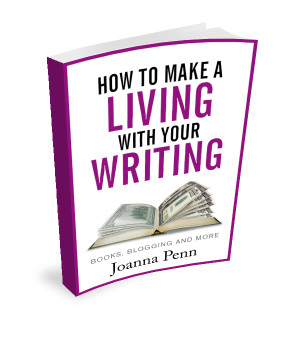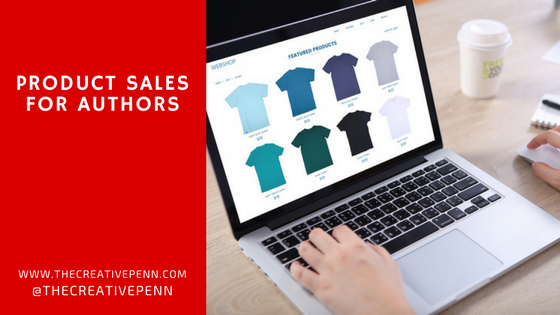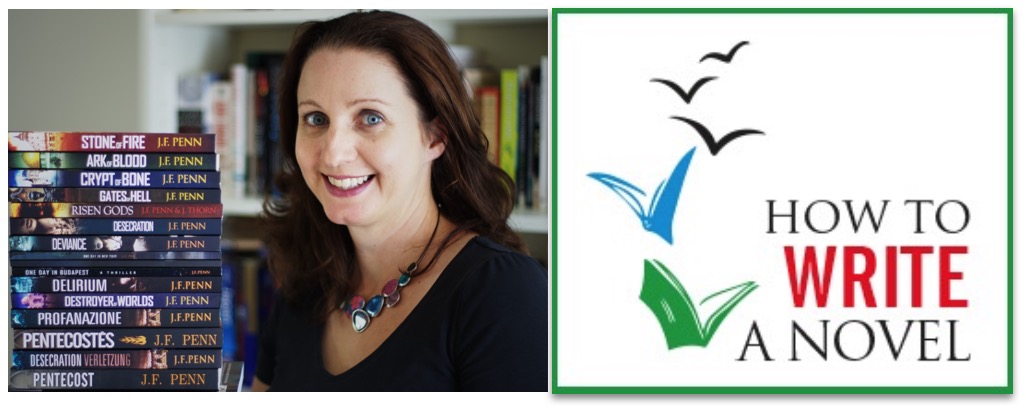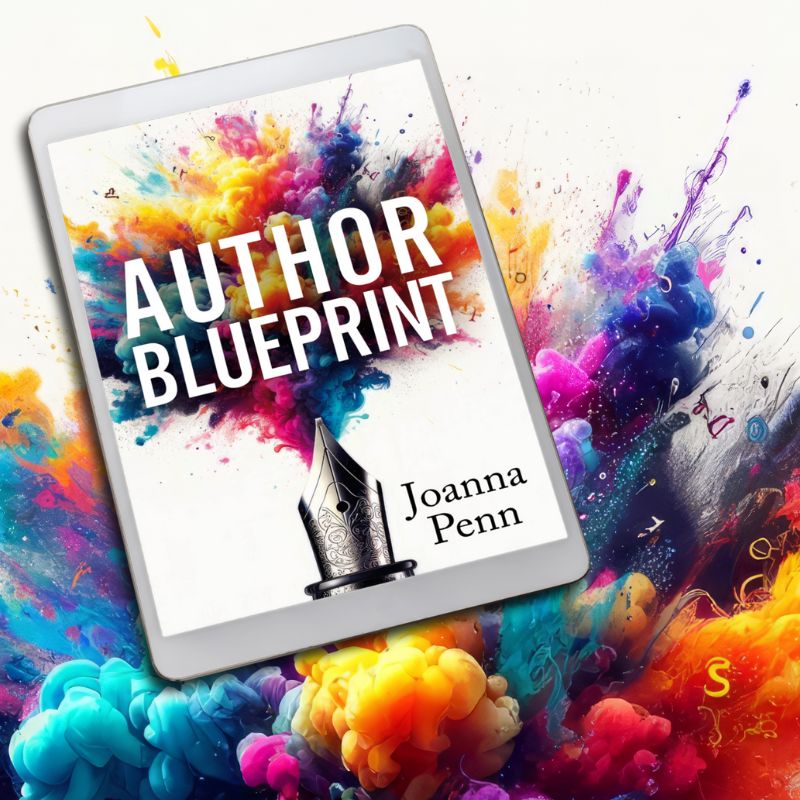 This is an excerpt from How to Make a Living with your Writing, out now in ebook, print and audiobook editions.
This is an excerpt from How to Make a Living with your Writing, out now in ebook, print and audiobook editions.
If you have books available through a traditional publisher, or you have self-published, you should have product pages for each of your books with links to all the retailers where they can be purchased.
 These multiple links are important, because you will find it very difficult to get merchandising from sites like Apple or Kobo if you don't link through to their buy pages.
These multiple links are important, because you will find it very difficult to get merchandising from sites like Apple or Kobo if you don't link through to their buy pages.
Books aren't the only things that you can sell to customers. Here are some more options for product sales.
Digital products
Digital products are essentially those that can be downloaded by the customer from a web page, or can be watched/consumed online or delivered by email. They don't need physical shipping or storage, which means that the profit margins are generally much higher than with physical goods.
Examples include:
1. Guides or Resources
If you sell your non-fiction book on Amazon, iBooks, Kobo and the other stores, your price will be dictated by the market, which generally has a cap at around $20 maximum.
Check out any new release from a top author and you'll see this cap applies to even the big names. But you can package your knowledge into a PDF and sell it direct from your website, pricing it much higher than you could on the stores.
Many businesses are selling information this way, calling these Guides or Resources rather than books. The information is the same as a book but in selling direct, you can target your market more specifically and people will be happy to pay more.
2. Multimedia courses
The last few years have seen a huge growth in MOOCs – massive open online courses. You can find examples at Udemy, Coursera, Teachable, CreativeLive and Masterclass, where I recently did James Patterson's course on story.

You can create your own courses and host them on your own site or use other platforms to host them. I use Teachable.com to host my own courses on writing, publishing and running your business as an author.
Some tips on multimedia courses
I've run a number of courses online over the last few years. Here are some thoughts that may help you if you're considering it:
- Do your research into what people actually want and will buy. Don't just create something that you think they will need. If you have an audience already, do a survey and ask people. If you don't, then use Twitter search or other social listening tools to figure out what people want.
- Choose the title very carefully. If it resonates, people will buy. This principle is the same for book titles. The language used should be based on the benefits not the features, and the wording should reflect what your target audience are really looking for.
- Don't try to cover everything. Keep each piece of audio or video focused on one topic, and don’t try to teach everything. Stay hyper-focused.
- Sort out your customer service before you sell. One of the reasons why I like writing books is because I’m free to create and put my work out there. There is no customer service except email exchanges with happy readers.
When you create courses, especially from your own site, you will need to interact around technical issues and be more available to answer questions. Make sure that you understand how you will handle all that before you jump in, because you could have a successful launch with thousands of people emailing you for help.
Selling physical products
Unlike digital products, physical products have mass, they take up space and they require physical shipping. But people love them!
The most obvious physical product for writers is the signed print book.

Many authors also do swag and other merchandise from their websites. You can keep stock and send it yourself, or you can use on-demand services. Comic book artist XKCD has books, t-shirts, stickers and much more at his online store.
A simpler example would be David at ThePassiveVoice.com, a great blog that covers the publishing industry. David sells t-shirts with smart indie sayings on his sidebar from Zazzle, which prints the t-shirts on demand.
Selling physical products online is a huge topic, so if it interests you, definitely do your research and due diligence. Personally, I don't sell physical products other than print-on-demand books (yet) so the focus here is more on digital sales.
Payment processing options
It's very easy to take payment online now and you don't need a special bank account setup to do it. Options include:
- PayPal buttons – the simplest solution
- Gumroad, Selz, Payhip or e-Junkie – which have integrated product delivery, social sharing and options to pay with bank cards as well as PayPal
- Woocommerce, Shopify – more extensive shopping carts for use with bigger inventory
There are more options being added all the time.
From my own perspective, I’m now selling courses using Teachable, a hosted service, and Selz to sell ebooks and audio direct to customers from my site.
A short word on European VAT rules instigated on 31 Dec 2014:
Previously, VAT was charged in the country of the seller. Now, if you sell digital products direct to customers residing in EU countries, you are required to pay VAT in the countries where the customer resides. Although this was a problem at first, many online retail companies will now handle the VAT portion for you so check with the payment processing solution you are considering to see if it supports this.
 This is an excerpt from How to Make a Living with your Writing, out now in ebook, print and audiobook editions.
This is an excerpt from How to Make a Living with your Writing, out now in ebook, print and audiobook editions.
